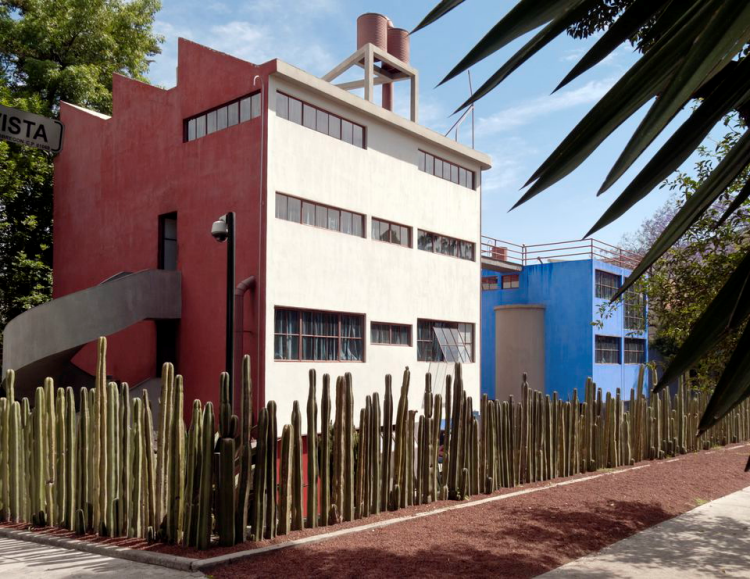Marc'Antonio Pasqualini (25 April 1614, Rome – 2 July 1691, Rome), Italian
castrato opera singer of the Baroque period, described as the foremost male soprano of his day. (Despite being historically addressed as a soprano, Pasqualini's vocal range extended no higher than B5, thus a mezzo-soprano by modern classification.) Following his training at the French national church of San Luigi dei Francesi in Rome, he came to the attention of Cardinal Antonio Barberini, who is cited as the singer's protector upon his entry into the Sistine Choir in 1631. Pasqualini benefited greatly from the generosity of his patrons, the Barberini family of Pope Urban VIII. During the following decade he starred in most of the operas staged at the Palazzo Barberini, establishing a reputation for vocal brilliance as well as arrogance.

He is also believed to have conducted an ongoing homosexual relationship with Cardinal Antonio; the singer would have been about seventeen at the time the two first met, the Cardinal, only twenty-four. Contemporary testimony leaves little doubt that the "veritable passion" the cardinal felt, extended to more than Pasqualini's beautiful voice. Cardinal Antonio had a suite of rooms in the great Barberini Palace which were dedicated to music and his collection of musical instruments, and his protégé had rooms in the north wing attic. Pasqualini was also a composer, setting the Cardinal's poetry to music, and going on to write more than 250 arias and cantatas.

In Sacchi's allegorical portrait, Pasqualini's hand rests on the keys of an upright harpsichord, decorated with the figures of Daphne and a bound satyr. The figure of Apollo, the pose loosely based on the ancient sculpture known as the Apollo Belvedere, stands in front of Marsyas, tied to a tree with his bagpipes beneath him. A modern viewer might find this odd but beautiful painting more troubling than would its contemporary audience. Not at all unusual or decried at the time, to us the "alteration" necessary to produce the particular voice of a
castrato seems all too uncomfortably referenced here. With the exact compositional centrality of Apollo's decidedly
unaltered anatomy, and even its proximity to the singer's right hand, it's impossible not to ponder the difference in the two men in the foreground, the incomplete mortal and the intact god.
The earliest description comes from Bellori: "Andrea [Sacchi] applied his greatest industry in the portrait of Marc'Antonio Pasqualini, a famous soprano in his day and a close friend in the court of Cardinal Antonio Baberini. This is not a simple portrait but a most beautiful conceit, [Sacchi] having shown [Pasqualini] in the costume of a shepherd with Apollo who crowns him. He places his hands on a spinet, or rather an 'arpicembalo' with keys, and the cords upright in the guise of a harp, and while playing he turns to display his face, most beautifully painted from life... Opposite is shown Apollo, who with one hand places the crown of laurels on [the singer's] head and with the other holds a lyre at his side. On the ground lies a bound satyr, to signify his competition and punishment."


Sacchi's portrait combines features of contemporary musical practice with allegory to produce a picture that can be read on several levels. Bellori understood Pasqualini's costume to be that of a shepherd, a costume that doubtless evoked one of the singer's roles. It is a solo performance such as Pasqualini had so often given that Apollo awards, but one elevated to a mythic status by its contrast to Marsyas's punishment for his bold and unsuccessful challenge to a musical contest on his rustic pipes (here shown as bagpipes such as a real shepherd might use). This picture admits the viewer into the world of late Renaissance-early Baroque musical practice. Himself a musician, Sacchi was a close friend of Pasqualini and designed some of the stage sets and props for his performances. It isn't known who actually commissioned the portrait, but the most probable candidate is Pasqualini himself, whose friendship with Sacchi and vain character accord perfectly with the self-adulation implicit in the imagery. Indeed it now appears that in the seventeenth century successful musicians emerged not only as outstanding personalities but also as significant patrons.

The instrument he plays is a rare type of clavicytherium, or keyed harp, that gave a delicate, sweet sound suitable to chamber performances. One such instrument is listed in the Barberini inventories, and Sacchi may, in fact, show a specific clavicytherium on which Pasqualini performed. Similarly, the table, supported by three dolphins reminiscent of Bernini's Triton Fountain outside the Palazzo Barberini, may have existed.
(Text derived and adapted from several sources, including the Metropolitan Museum's catalogue entry by Keith Christiansen, 2015.)
***
 |
Cardinal Antonio Barberini, by Simone Cantarini, circa 1633, not long after he met Pasqualini.
(Note the pentimento visible on the Cardinal's mozzetta.) |
***
Andrea Sacchi (30 November 1599, Rome – 21 June 1661, Rome), painter in Rome in the second quarter of the seventeenth century, his work a leading example of High Baroque Classicism. The son of an undistinguished painter, he initially entered the studio of Cavalier d'Arpino. Quoting Bellori:
[...]hence Benedetto, his father, as soon as he saw that he was
being outstripped by his son in his childhood, no longer having the
courage to educate him, wisely thought to provide him with a better
master and recommended him to Cavalier Giuseppe d’Arpino, who gladly
took him into his school, perceiving him to be more attentive and bent
on progress than any other youth.
He later studied in the workshop of Francesco Albani. Much of his early career was helped by the regular patronage by Cardinal
Antonio Barberini, who commissioned art for the Capuchin church in Rome and the Palazzo Barberini.























































